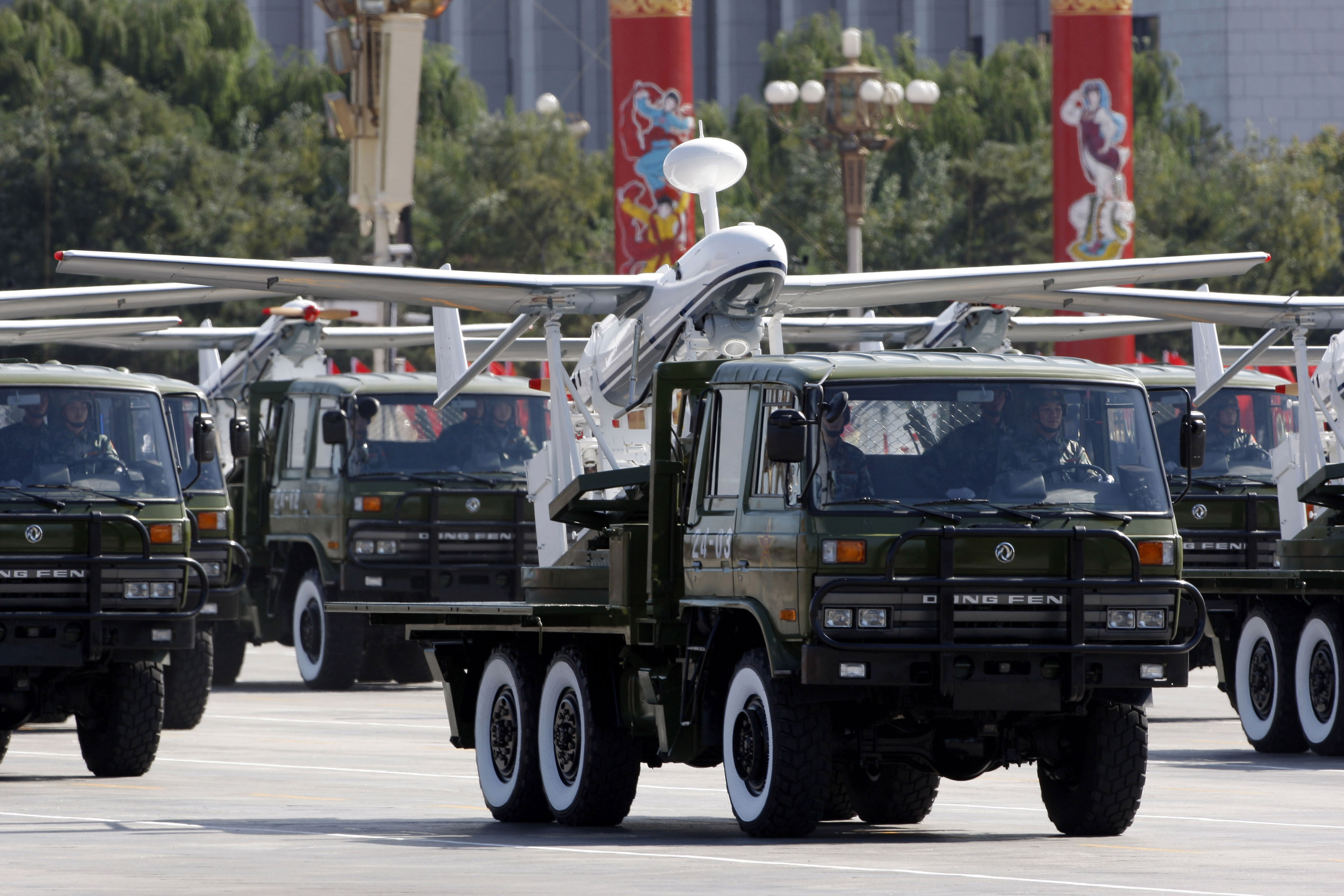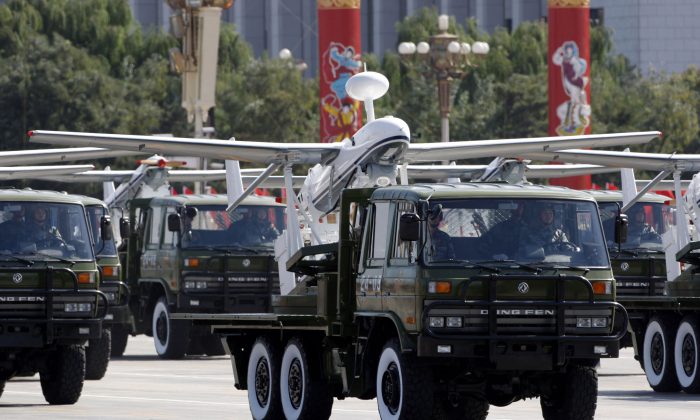
Commentary
Chinese military drones continue to make headlines globally, engaging in various activities that raise concerns among the U.S. military and its allies. From harassing Taiwanese soldiers to being disguised as wind turbines for illegal shipments, these drones are becoming ubiquitous on the world’s battlefields.
Recently, Italian authorities intercepted Chinese drones disguised as wind turbine components en route to Libya in violation of a U.N. arms embargo. These drones, likely Chinese Wing Loong II UAVs, were intended for General Khalifa Hifter, who reportedly supports Russian military operations in Africa.
In addition, China is developing a new attack drone named the “Sunflower 200,” similar to the Iranian Shahed 136 kamikaze drone. The Chinese drones are also being sent to Russia in kit form to bypass laws against sending military equipment to Russia, showcasing Beijing’s illicit activities.
The presence of Chinese military drones is particularly troubling in Asia, with incidents like a drone hovering near Taiwan’s Matsu island airport and civilian drones harassing Taiwanese soldiers. Taiwan has taken measures to purchase drones from non-Chinese contractors to reduce its reliance on Chinese supply chains.
To counter China’s drone capabilities, the U.S. Defense Department has initiated the “Replicator” program to deploy autonomous systems across various domains. This includes acquiring drones like the “Switchblade” loitering munitions to counter Chinese naval forces in potential conflicts.
It is crucial for democratic countries to collaborate in developing defense strategies against the Chinese regime’s drone capabilities. By diversifying supply chains and investing in advanced drone technologies, nations can strengthen their defenses and maintain peace through strength.
Views expressed in this article are opinions of the author and do not necessarily reflect the views of The Epoch Times.





